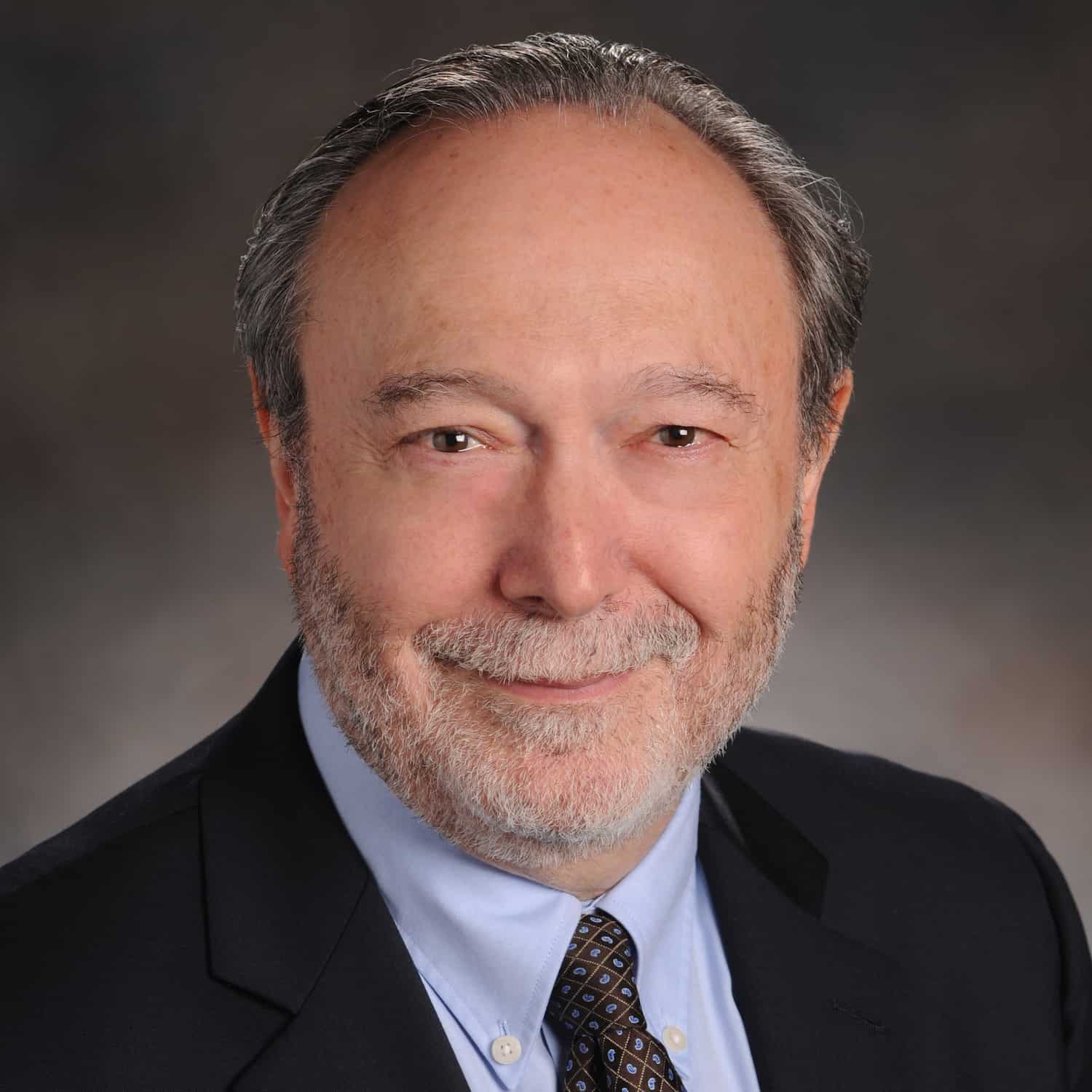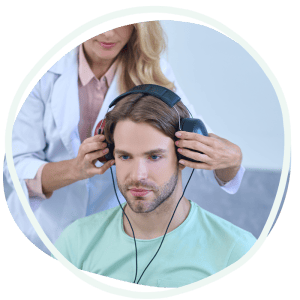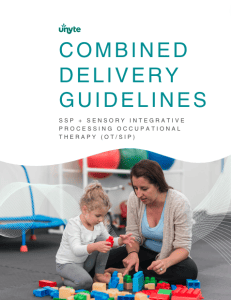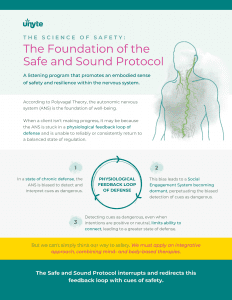Transform your occupational therapy practice by nurturing a base of regulatory and adaptive capacities
Combined delivery of sensory-based occupational therapy interventions and the Safe and Sound Protocol (SSP) can help your clients build a relational platform for development and a regulatory foundation for future occupations.
Designed to offer neural exercise essential for growth, development and recovery, the SSP helps expand the window of tolerance, re-shaping the systems of co-regulation and arousal. The SSP works in tandem with occupational therapy and sensory integrative processing (OT/SIP) to enhance and strengthen modulation and discrimination for the purpose of regulation and social engagement.


Pioneered by Dr. Stephen Porges, the Safe and Sound Protocol (SSP) shifts the nervous system out of defense and into a felt sense of safety by stimulating the vagus nerve using scientifically filtered music.
Why OT/SIP + SSP?
Establish a state of felt safety, inviting the expression of new, spontaneous adaptive responses.
Promote incremental growth in capacity for the purpose of healing and enhanced engagement in daily life.
Harness co-regulation and co-occupation to promote neuroplasticity.
Create distinct and cumulative sensory, affective and motor experiences to optimize person-environment fit.
The SSP — An Essential Resource for Occupational Therapy Practitioners (OTP)
The therapeutic use of activities aims to find the “just right challenge” that encourages clients to bump up against their comfort zone. With support from an OTP, clients create their own adaptive responses to that bump. The SSP supports success with building incremental internal adaptive responses within the autonomic nervous system.

Both sensory modulation and sensory discrimination have a bidirectional relationship with the autonomic nervous system and a person’s ability to feel safe. From a foundation of safety, a person’s capacity to maintain or re-attain a regulated state that is ready for engagement and participation is made possible. The SSP offers practice in attaining and maintaining felt safety.
Safety doesn’t happen alone. When co-occupation is a shared, mutually safe and nurturing experience, neural channels for connection and co-regulation are strengthened or newly formed.
Person-environment fit leads to enhanced engagement with self, others, the environment and activities.
In this way, client engagement becomes the conduit of change that perpetuates the realization of client potential, also known as occupational self-actualization. The SSP supports building a foundation for occupational self-actualization.
Integrating Polyvagal Theory as a frame of reference and the SSP with OT treatment enhances the ability of OTPs to promote adaptive capacity within clients. OT/SIP is a comprehensive term that includes neurobiology, sensory, relationship and Polyvagal Theories. Pairing the SSP with OT/SIP provides an opportunity for safe, neural exercise that cumulatively builds and stretches capacity for incremental growth and readiness for more growth over time.
Hear from the Experts

“With the SSP, I have finally felt able to get to the root of dysregulation and to support meaningful and lasting change with my clients, not just performance goals or accomplishments. It is a gift to witness parents being able to enjoy their children again.”
Kelly Beins. OTR, ASI©

“Going through the SSP process establishes awareness as the cornerstone of living and introduces transformative moments where potential becomes expansive and past challenges dissolve. This becomes the launchpad for active participation, learning, and profound development, which, for me as a pediatric OT, is always where my intentions are centered.”
Tracy Stackhouse, MA, OTR/L

“The most powerful and notable outcome of the SSP, in my experience, is that it sparks the desire and intent to connect, from which the capacity for regulation and skill-building is enhanced.”
Catherine Cavaliere, Ph.D., OTR/L

“SSP has consistently shifted small, but highly meaningful, routines in families that give them newly founded ways to re-connect and re-engage, which ultimately positively impacts the client’s ability to build skills.”
Jamie Chaves, OTD, OTR/L

“Cultivating a deeper understanding of regulation and utilizing the SSP for the purpose of increased connection and participation has been transformative to my OT practice. The shifts I have witnessed in clients, family systems, and my own nervous system as a result of this process are profound.”
Kelsey Forbringer, OTR
On-demand Webinar
Featuring Expert OT/SIP Practitioners
Access valuable OT/SIP and SSP resources below and watch the on-demand webinar, featuring the Combined Delivery Guideline authors and contributors discussing the clinical reasoning and skills for integration.
Want to learn more? Speak with one of our Programs Consultants, many of whom are practitioners, to learn how to integrate the SSP into your OT/SIP practice.
OT/SIP + SSP Combined Delivery Guidelines
A clinical resource that empowers OTPs who are also SSP providers with considerations for the most effective and safe combined delivery. Become an SSP provider to access the full guidelines.
We’re Here To Help!
Discover how the Safe and Sound Protocol can create lasting change for your clients.








 © 2025 Unyte Health US Inc.
© 2025 Unyte Health US Inc.